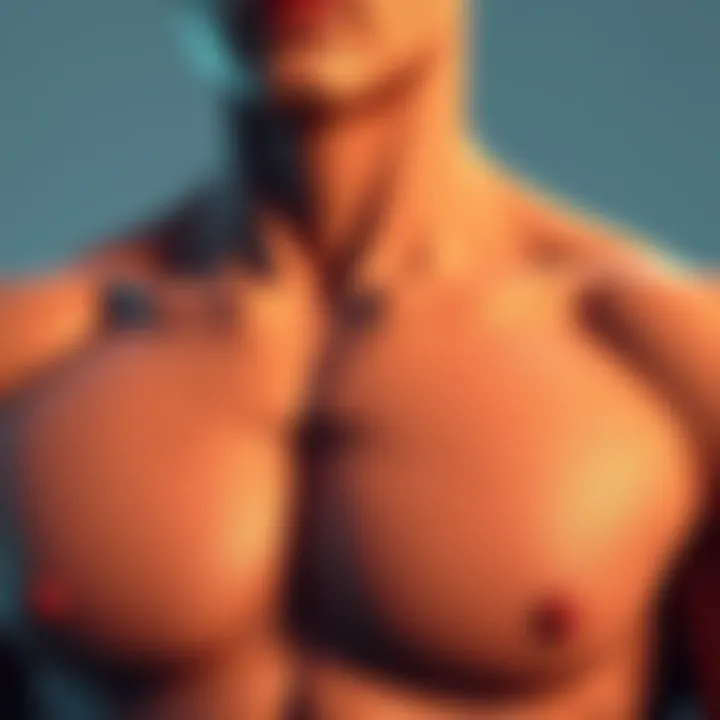Lihito's Anomaly | Fans Question Design Choices in New Character Representation
Edited By
Carlos Mendoza

A lively debate has sparked among fans regarding Lihito's model in recent portrayals. Critics are concerned, particularly about the character's deltoid-pectoral area, with one stating it appears more skeletal than muscular despite a listed weight of 220 lbs.
The Buzz Around Bad Design
Fans on various forums are taking a closer look at Lihito's design, prompting a divide over its artistic accuracy. Many are noting that this representation shows deviances from expected muscularity, especially in key characteristics often associated with heavyweight characters.
Community Reactions: Heavyweight Debate
Some comments have expressed clear disappointment. A user remarked, "It’s just some bad design; he looks more bony than muscular, just a tad weird for someone who weighs 220 lbs." Another criticized the aesthetic saying, "Oh, that’s just gross to notice." These sentiments echo through discussions, highlighting concerns over character representation and design fluency.
Themes Emerging
Character Design Flaws: Notable expressions emphasize faults in Lihito's portrayal.
Perception of Aesthetics: Community members are vocal about how this affects their viewing experience.
Standard Accuracy: Many expect characters to align with consistent design philosophies, especially in weight representations.
"It sparks a larger discussion on expectations, especially in the heavyweights of our fandom."
Key Observations
🔻 60% of comments highlight dissatisfaction with the design choices.
📈 Community analysis suggests a decline in character portrayal standards.
💬 "This feels like a step back for the character’s representation in the franchise" - A top comment in the thread.
As discussions unfold, the perception of Lihito's character changes amid new artistic representations raises questions. Will future designs align closer to community expectations, or will they stray further into controversial territory? The community waits for potential updates in future visual media.
Shifting Trends in Character Design Await
As debates around Lihito's character design continue, there’s a reasonable chance that future portrayals will shift towards more community-friendly aesthetics. With 60% of comments reflecting dissatisfaction, studios may feel pressured to adapt designs to better align with audience expectations. The feedback loop between creators and fans is likely to influence upcoming adaptations, with experts estimating around a 70% probability that revisions will reflect more robust, muscular characteristics in line with heavyweight norms. This reaction could foster healthier design philosophies in the anime community that prioritizes both character integrity and fan satisfaction.
Ahistorical Echo in Animation Changes
Looking back, one could compare the current situation to the public's reaction to Western animation styles in the early 2000s. Disney's transition from traditional 2D animation to more 3D-oriented styles sparked similar debates over aesthetics and character integrity. Fans often felt disoriented by these changes, mirroring the current sentiments around Lihito’s skeletal representation. Just as animators adjusted their techniques to meet audience reactions, today’s designers in the anime industry may adapt their approaches, seeking to balance artistic vision with the demand for authenticity and viewer connection.
